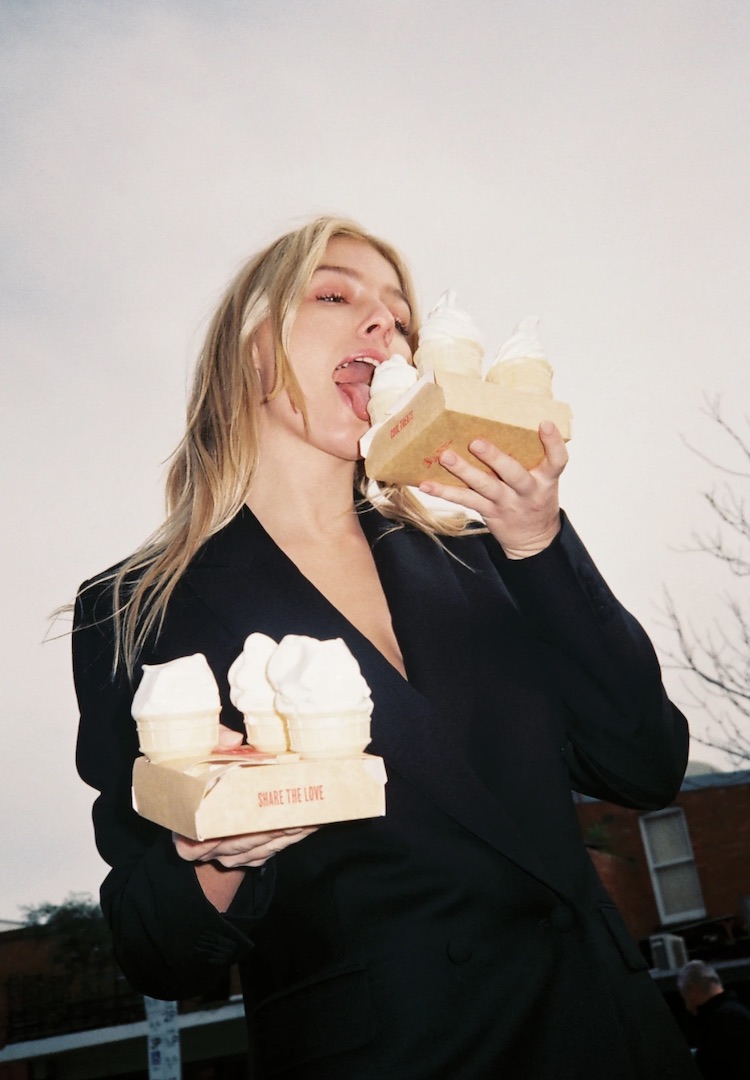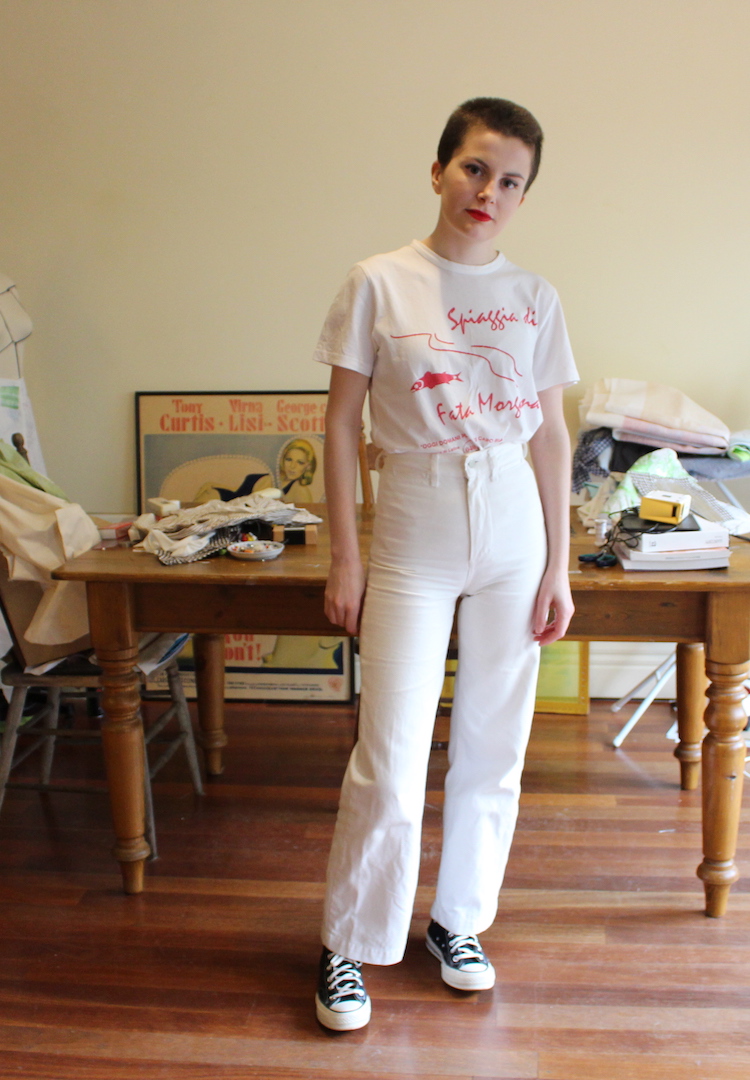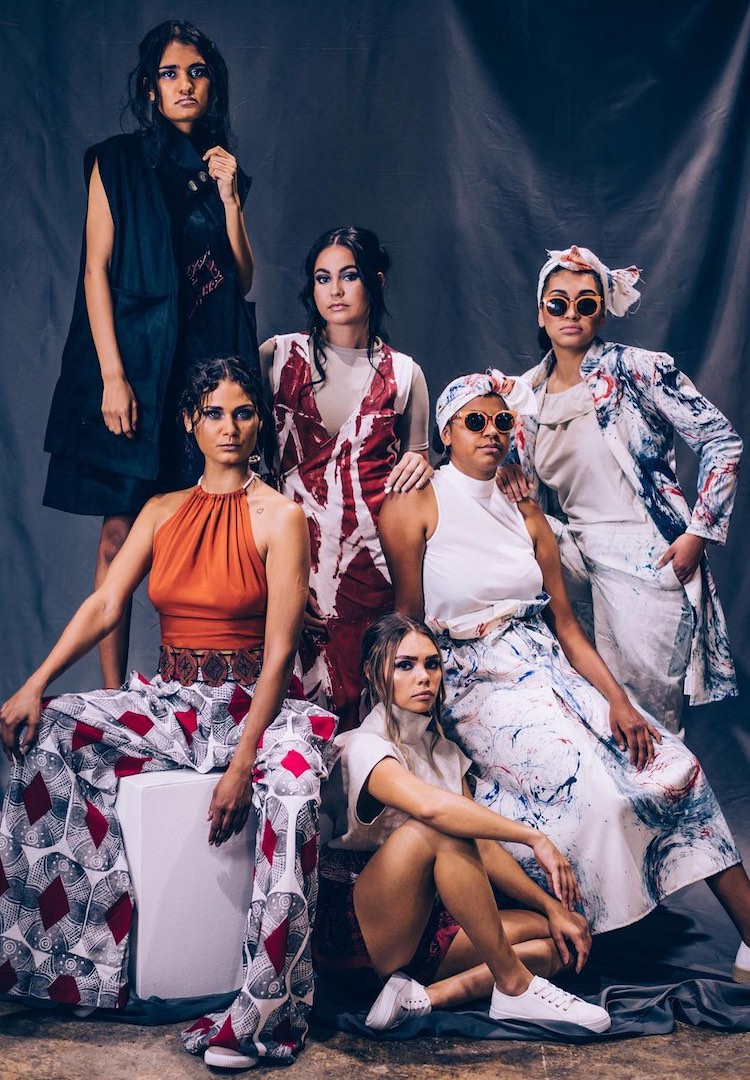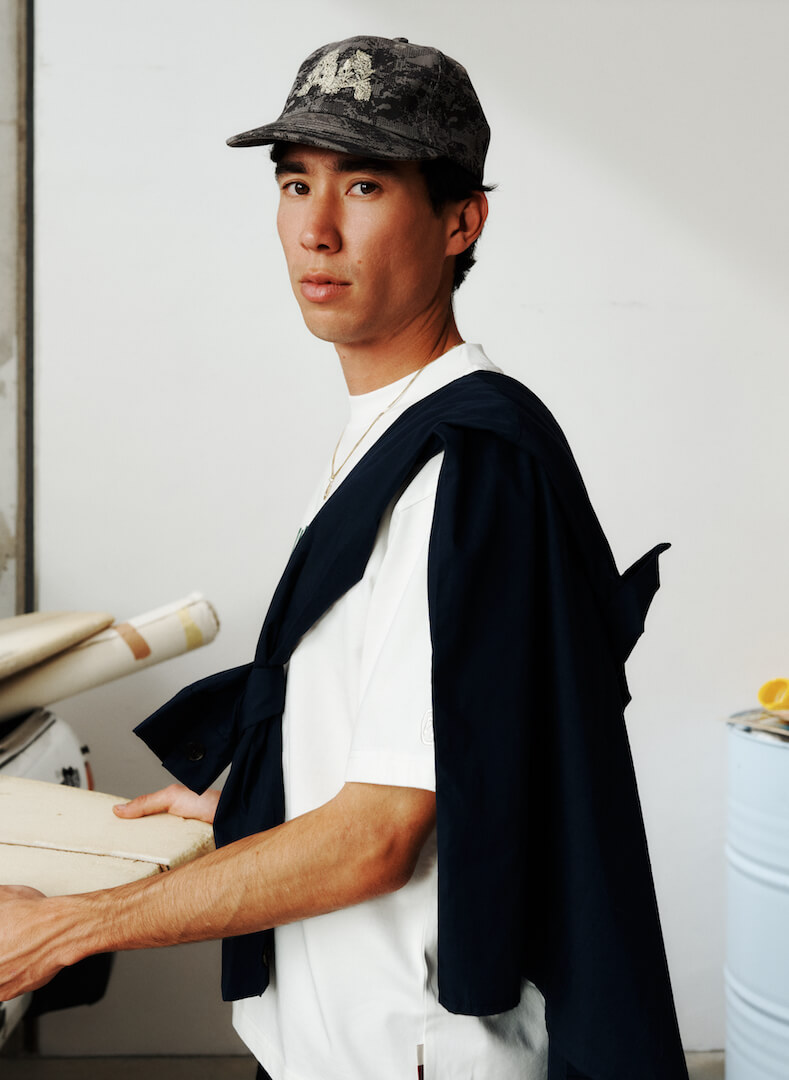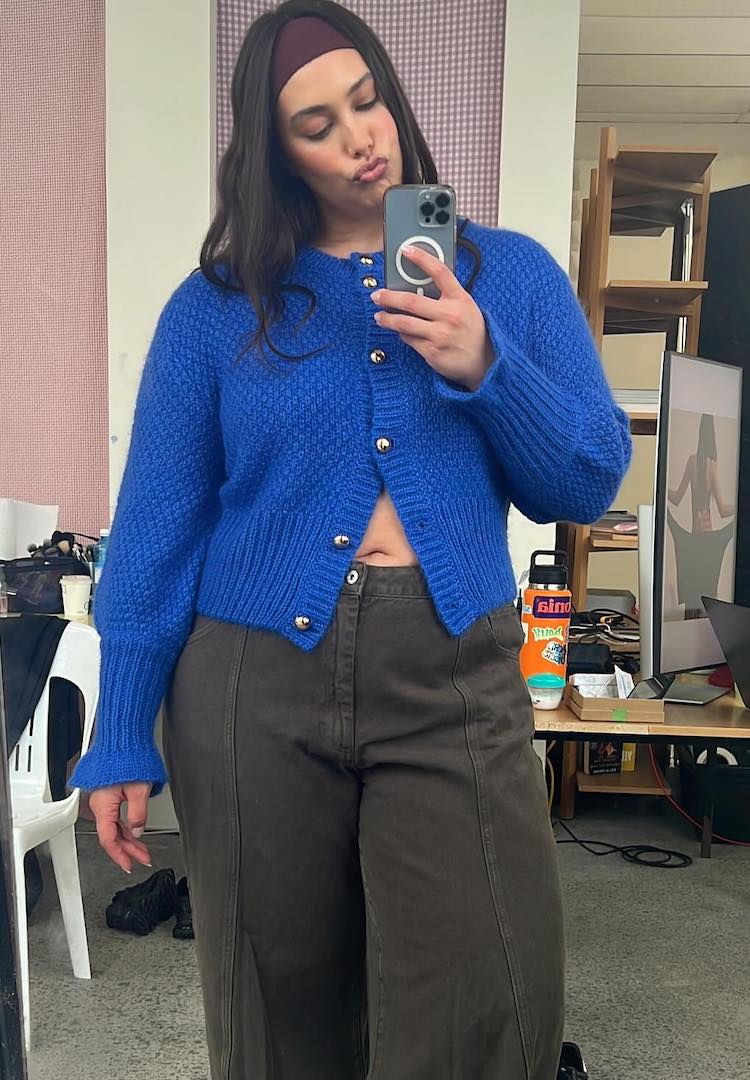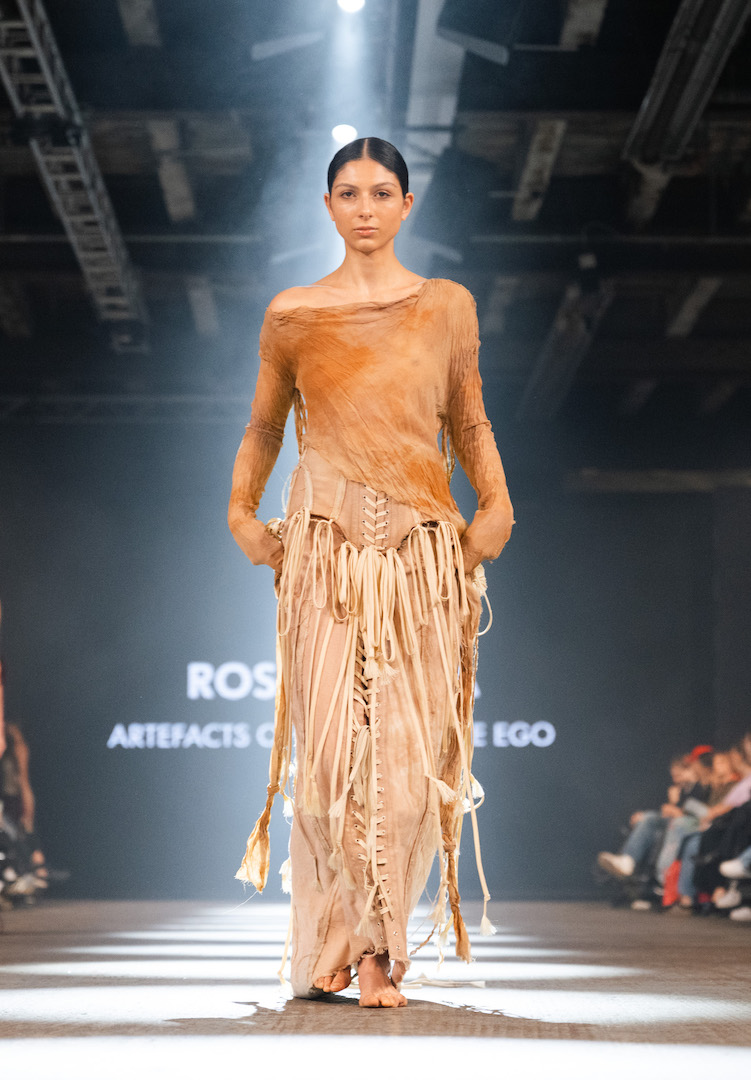Australian fashion students on where they see the future of their industry
WORDS BY CAIT EMMA BURKE
Who better to ask than the next generation of designers-in-training?
The fashion industry is in a difficult place right now. COVID-19 has led to mass retail closures and the future of both smaller labels and big-time brands is looking shaky. Even before our current global crisis, the fashion industry was facing growing criticism for being one of the major polluting industries in the world.
But there are glimmers of hope. Around the world, much of the industry is more determined than ever before to implement sustainable practices and consider its impact on the Earth. Global initiatives like Fashion Revolution, Rewiring Fashion and the UN Alliance for Sustainable Fashion are holding the industry accountable and calling for systemic, widespread change. And it has been encouraging to see the way many pockets of the fashion world have mobilised to help meet the worldwide PPE shortage.
Looking for more on the future of Australian fashion? Pop over to our Fashion page and browse to your heart’s content.
But how do people studying fashion design right now feel about the future of the industry they have spent their time studying and training to be a part of? What do they hope it will be like in the future? To find out, we asked six Australian fashion design students.
Sharon Li, RMIT
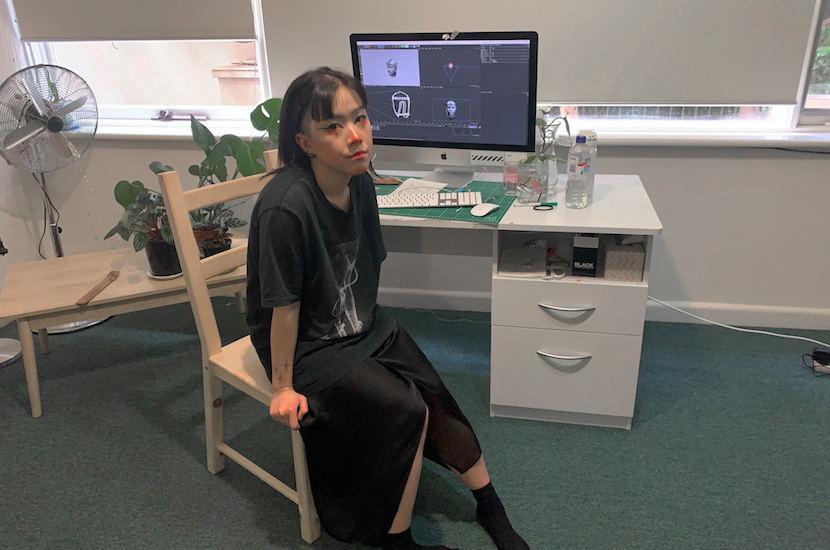
“It goes without saying what is on everyone’s mind – that the COVID-19 pandemic situation has greatly impacted the interconnected systems within the fashion industry, especially more locally in the Australian fashion landscape. I think that this has brought forward a push in demand to reflect on current fashion design and consumption practices.
“Whilst the Australian fashion industry as a whole has been set back from progressing in its previous direction, a new space has opened up to encompass a more holistic restructuring in the various systems connected to fashion.
“This increased time for practising mindfulness has centralised elevated consciousness for us in how we consume fashion and media. In turn, this shift provides opportunities for innovative modes of thinking in how businesses within the Australian fashion industry structure their business models, as we move towards more digital-oriented consumption patterns.
“Whilst we are not able to have the same experience of tactility with garments, driving towards digital modes of consumption we are able to reevaluate how to transpose it in this new space.
“I think there is a rich potential for Australia to engage in more user experiential design within the fashion industry. Through the digital lens, we can make fashion, especially the luxury sector, more accessible, mitigating class disparity and elevating class consciousness. It will not be easy, but this would be a movement towards building a more sustainable and inclusive industry to keep fashion relevant in the wider global schema.
“Australia’s participation in this global conversation can enhance greater global connectivity for a more powerful drive for change and unity. I am very excited about what innovative and speculative directions this will unfold in our immediate Australian context, and [I] will also aim to be part of this revolutionary opportunity to altercate fashion consumption.”
Samantha Klein, UTS
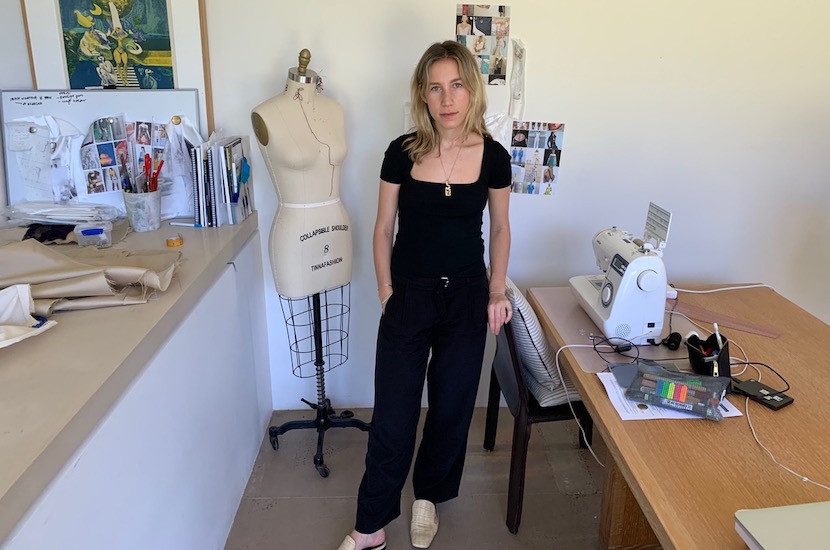
“The future fashion industry in Australia I think will look a lot different to how it does now. The pandemic will have both negative and positive effects on the industry. I think it will take the Australian fashion industry time to recover from this situation although it could have a positive outcome. I think over the next decade people will become more aware of their shopping habits.
“The pace of the fashion industry as a whole is exhausting. I hope that this will slow the pace of the fashion seasons down. The pace of the industry is too quick, which impacts design creativity and time between collections. I’m really interested to see the new ways in which designers will present and showcase their work each season.
“The closure of retail stores has had people question their purchasing decisions more. I always try to promote conscious purchasing to my friends and family. I’ve had a few of them ask me lately about how to shop more sustainably and ethically. I think people will start shopping more sustainably.
“The rise of second-hand resale websites and apps I think will also influence people to shop second hand or vintage. I hope people will start thinking about the impacts of their purchases and support brands that have more sustainable and ethical practices. Processes have become virtual during isolation.
“It will be interesting to see if this is continued. Fashion could become more accessible online with more people being able to participate and get involved.”
Amy Lawrence, RMIT
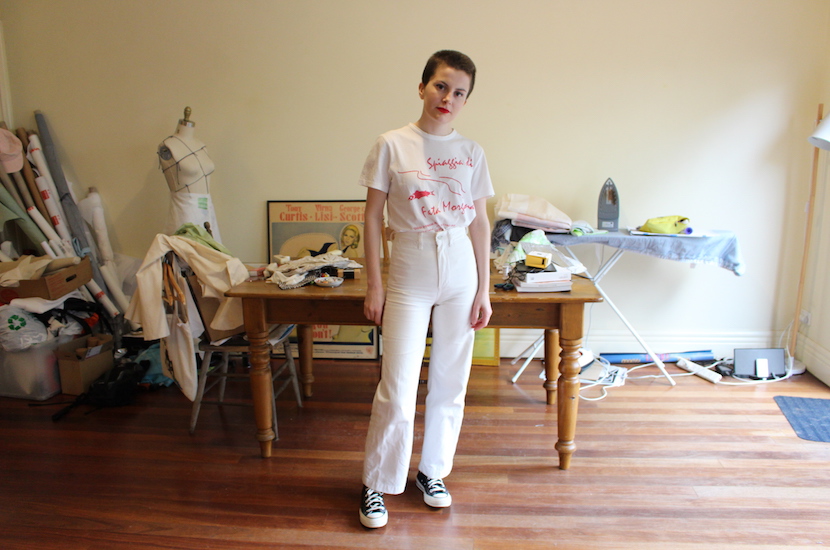
“In light of all that’s unfolded over the last two months, it’s really hard to imagine what the future of the Australian fashion industry might look like, but I’m cautiously optimistic. Everything has been forced to slow down as a result of COVID-19 and the fashion industry has had no choice but to follow suit… which, I think, is a good opportunity for a reevaluation of how fashion is currently made and [a] reevaluation of the way we consume it.
“As oxymoronic as it might sound, I see the slow-fashion movement gaining greater momentum over the next few years because I think consumers are becoming more and more cognisant of the unsustainable pace at which the fast fashion industry has been operating.
“It might be that I’m idealistic, but I would love to see the Australian fashion industry become a great deal more self-sufficient and a great deal less reliant on off-shore production over the next 10 years. Melbourne was once abuzz with textile and garment factories and a return to this would see so many new employment opportunities.
“There are many small local labels who produce locally and are setting a great example of how fashion can be produced and I believe (I hope) everything that has transpired over the last two months will provide the impetus for a drastic shift in the way bigger brands choose to manufacture.
“I see the traditional fashion calendar being totally reimagined and trends becoming less and less a driving force behind design. I believe Australian labels will produce fewer collections per year, with a greater focus placed on staple pieces designed for longevity (there are a number of trailblazing Melbourne labels already paving the way for this shift).
“Much of the western world has been housebound for the last two months and I think the excessiveness proliferated by fast fashion will seem all the more glaringly unnecessary and distasteful to most people from this point forward.”
Leah Herszberg, Whitehouse Insitute of Design
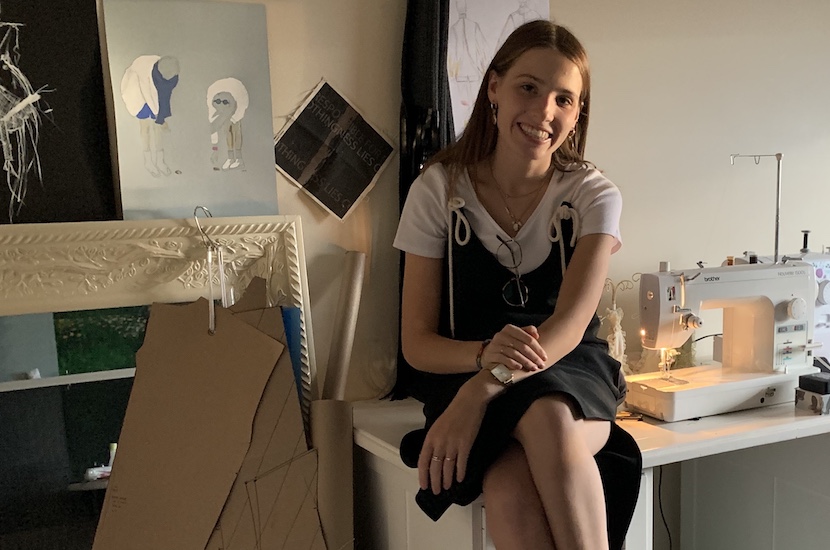
“As the world becomes increasingly interconnected due to the advent of technology, the fashion industry becomes deeper, more complex, exciting and rich. Where once we were only able to exchange both ideas and clothes with a limited number of people, geography is becoming less a barrier for the fashion industry and more a way for the industry to become holistic and diverse at the same time. In our globalised world, Australia is not an island, it is a platform for connection and influence.
“Operating within a hyper-competitive industry, high-end brands in the past few decades have felt heaps of pressure to present at six or more shows a year, producing new designs faster than the old ones can be properly appreciated. But the fashion industry will not only respond to capitalist demands, but it is also a visionary industry, standing at the forefront of progress and change.
“Our world is diverse and colourful, but it cannot handle the speed with which the fashion industry is changing. Australia’s fashion industry is slowing down, trying to make fashion thoughtful and artful again, a model for the rest of the world.
“Small yet powerful, Australian fashion has already begun to take its environmental responsibilities seriously, prioritising people over profit and creativity over fast money. Australian brands draw inspiration from around the world, specifically the northern hemisphere, the epicentre of the fashion world, and in return the world will begin to listen to Australia’s customers’ ethical demands.
“Over the next decade, I think this influential and positive revision against the damaging cycle of quick production and conspicuous consumption will be well underway. A combination of bold action and value-driven consumers will herald a cultural shift from overconsumption to higher-quality clothing and promotional noise to meaningful action, away from what’s trending towards what’s loved.”
Nandya Gita, RMIT
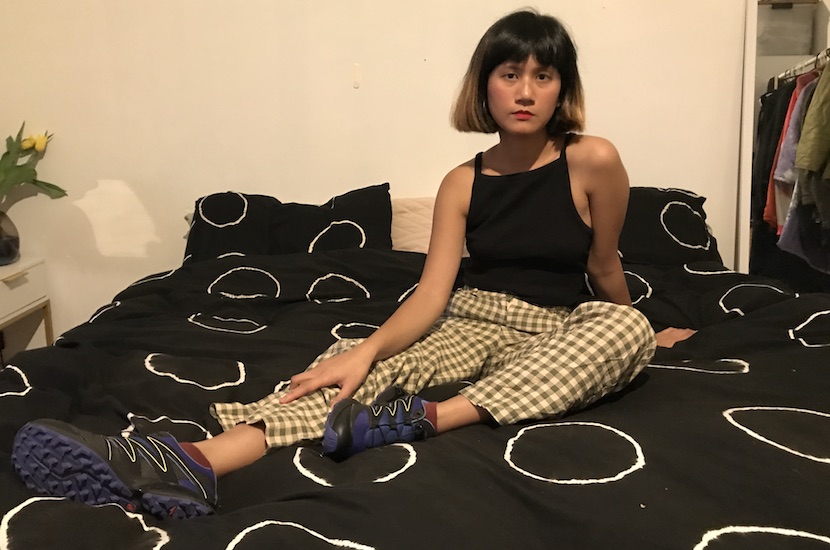
“There is a big unknown and uncertainty in front of us and with difficult times also comes the realisation about how we plan for the future of the fashion industry that we live in. I think that this outbreak is going to change how the fashion industry sees and connects with technology.
“With London Fashion Week coming on to a digital platform as a gender-neutral show and the recent digital fashion campaign by Selfridges, it is forcing brands to engage and experiment with immersive technologies. This is an opportunity for brands and retailers in Australia to redefine their business models and build a more sustainable and technologically innovative future.
“As a consumer, I think we react to what brands and retailers put out there to be consumed and the way we shop will depend on how brands adopted it. But what I really think is, the future of the Australian fashion industry not just relies on how brands and retailers can build their business models around digital, but it also heavily depends on the community.
“Just as we continue to seek connections with one another during this crisis, it is important for brands to build a genuine connection and create a strong community. Because it is no longer simply about selling products and services, it is about collaboration and a sense of belonging. If there is anything this challenging environment has taught us, it’s how important a sense of community and supporting one another is.”
Jason Clark, UTS

“The future of Australian fashion is so unknown right now, there have been so many redundancies for workers within the industry and it really makes me wonder if this will disenfranchise a lot of younger people entering the industry, as it makes you wonder if this is actually a place where we can find gainful and lifetime employment. I really do believe after this pandemic consumers will be really hungry to support local talent.
“If the Australian fashion industry can become more collaborative in our approach to share resources and skills, along with support from the government to create more avenues for local manufacturing for a more environmentally sustainable fashion industry, I think it will give our exciting, emerging voices within the design industry a real fighting chance to really reinvigorate the Australian fashion scene.
“Fashion is in constant change, but the current system for fashion presentation is so outdated – we don’t need to be flying people all over the world for fashion weeks. As society and technology change, the fashion industry needs to change with it and get rid of old systems to make space for fresher, innovative ideas to take their place.
“In the immediate future, I hope to see design houses embracing online presentations which actively engage with their audiences as well as slowing down from the four to six collections per year to really invest time in designing clothes with real impact that will stay in consumers’ wardrobes for a lifetime.
“What I do know is the future of fashion is fluid! Let’s get rid of seasonal collections and gendered clothing and begin to present beautiful, thoughtful, ethical, inclusive and impactful design which consumers can own [for] a lifetime and wear year-round, no matter who they are.
“A push to transeasonal collections and gender-neutral fit and design will make Australian designers stand out on an international stage whilst remaining accessible and inclusive to everyone.”
To keep across the ethics of the Australian fashion industry, we recommend the Good On You app.

